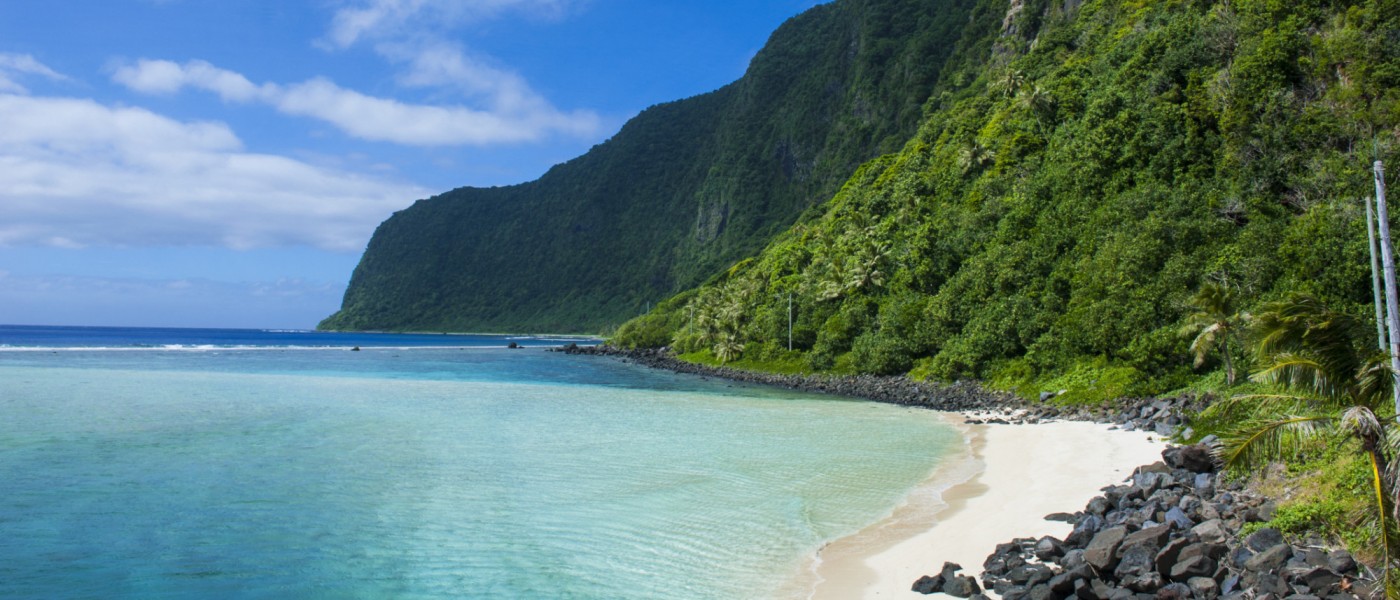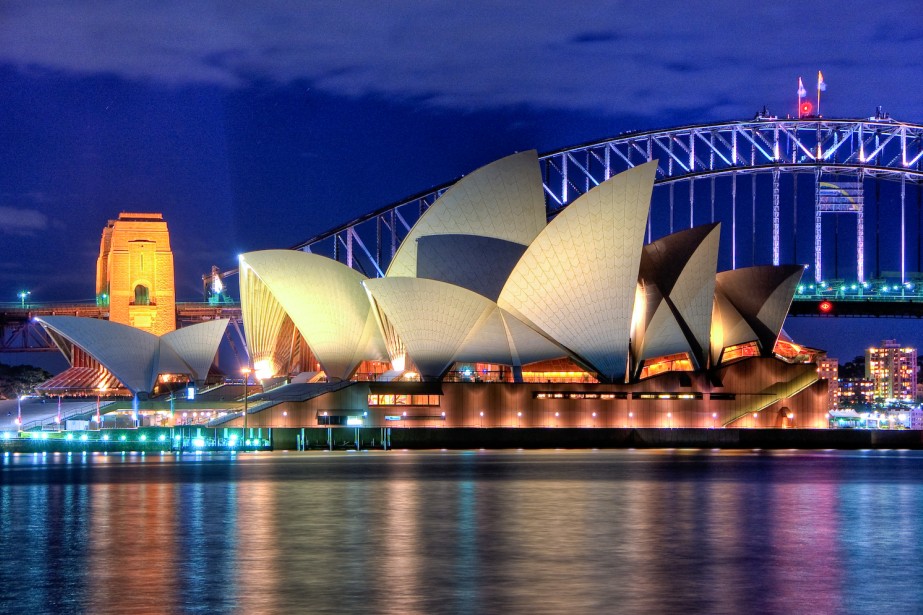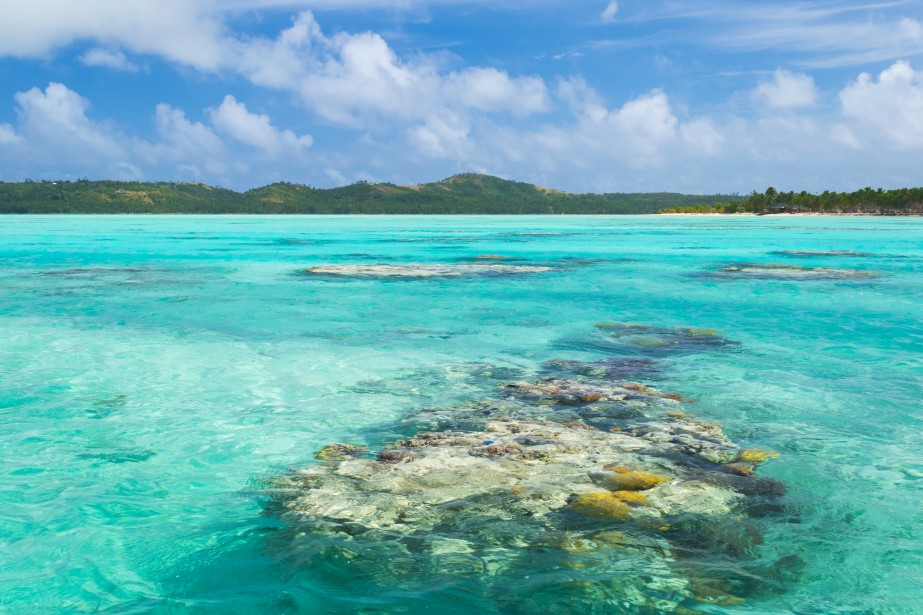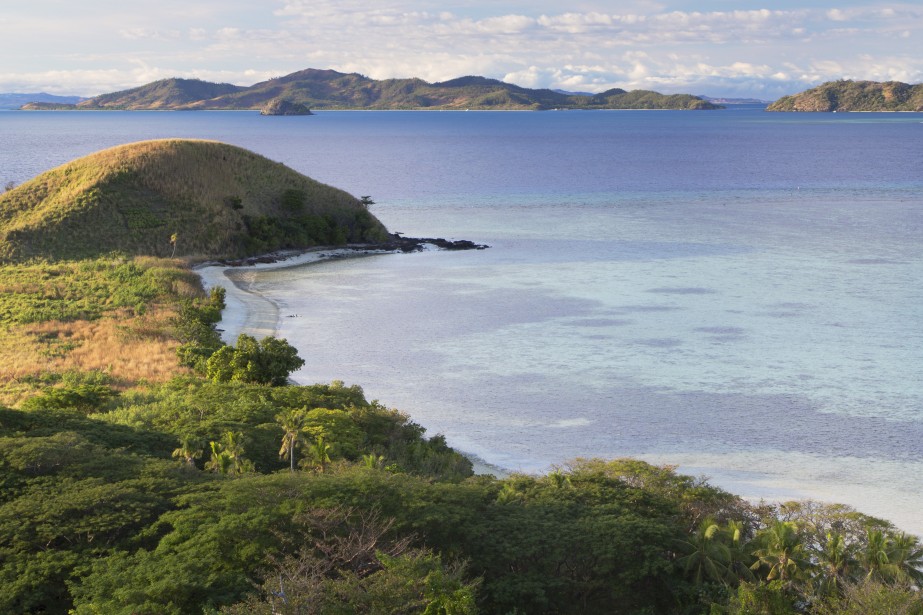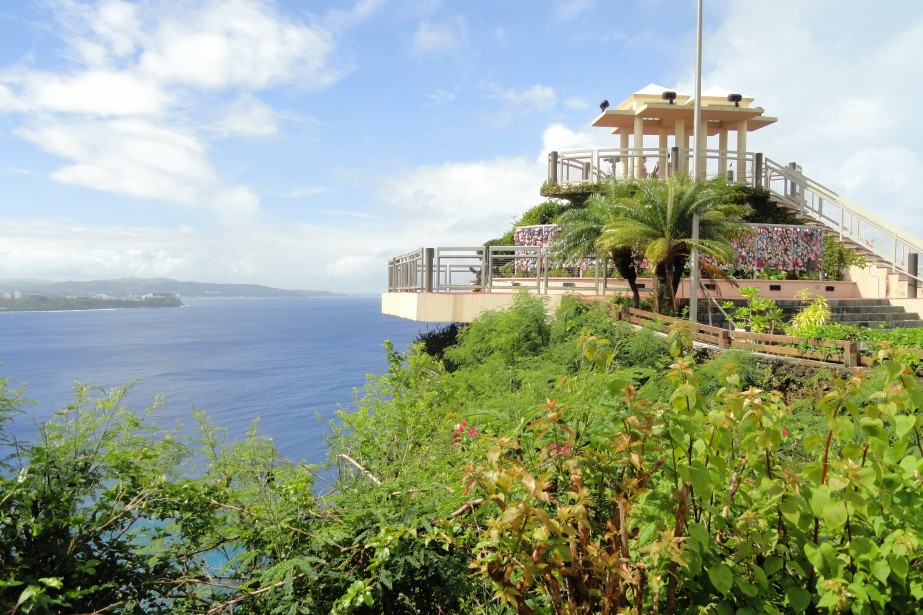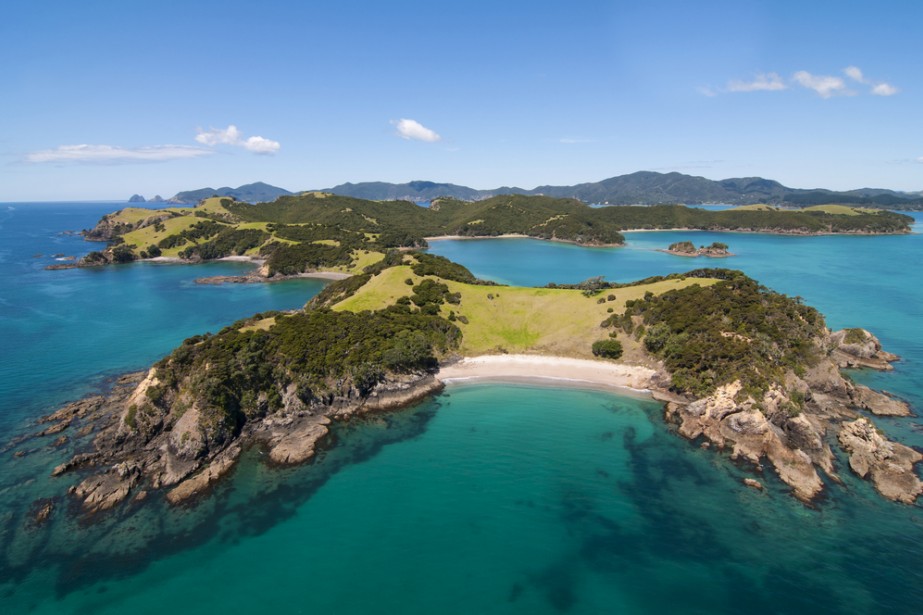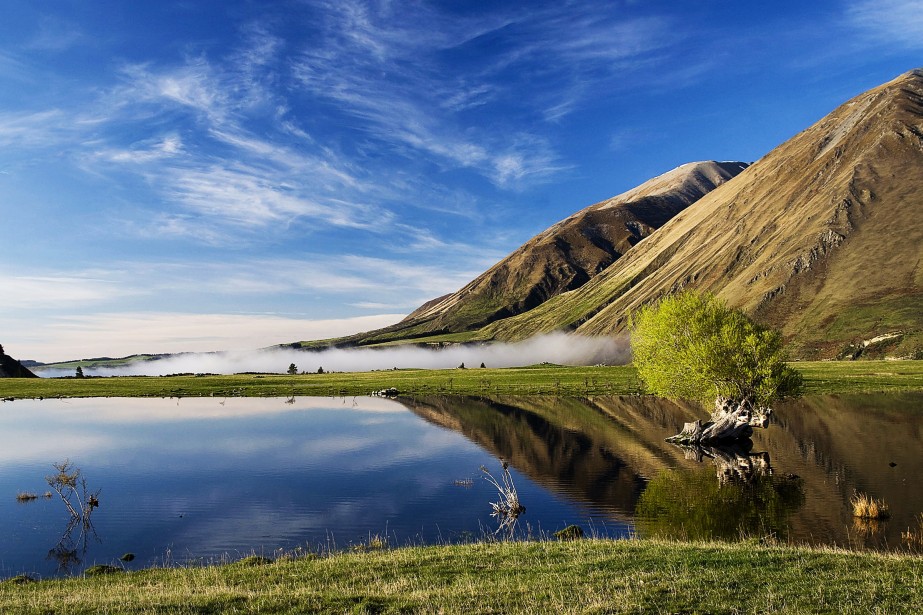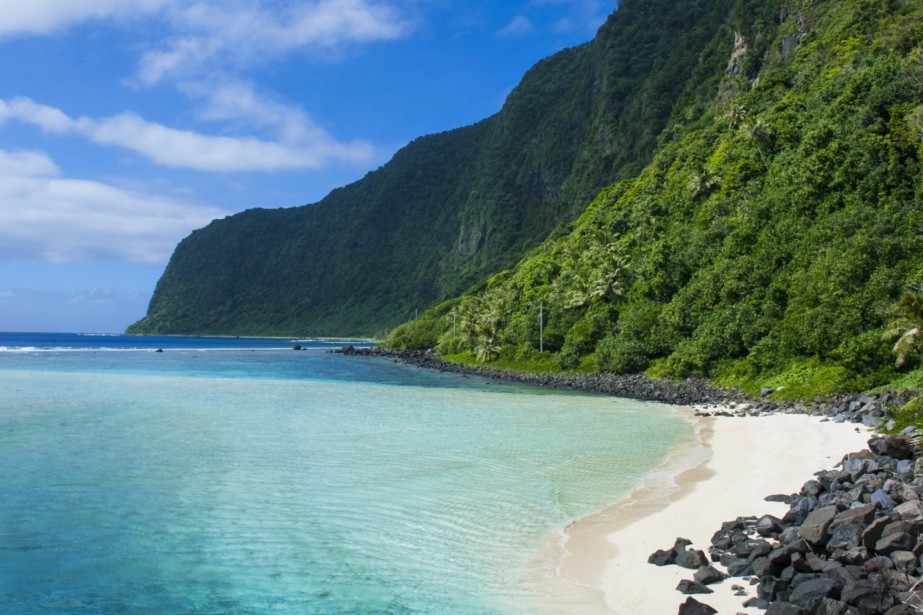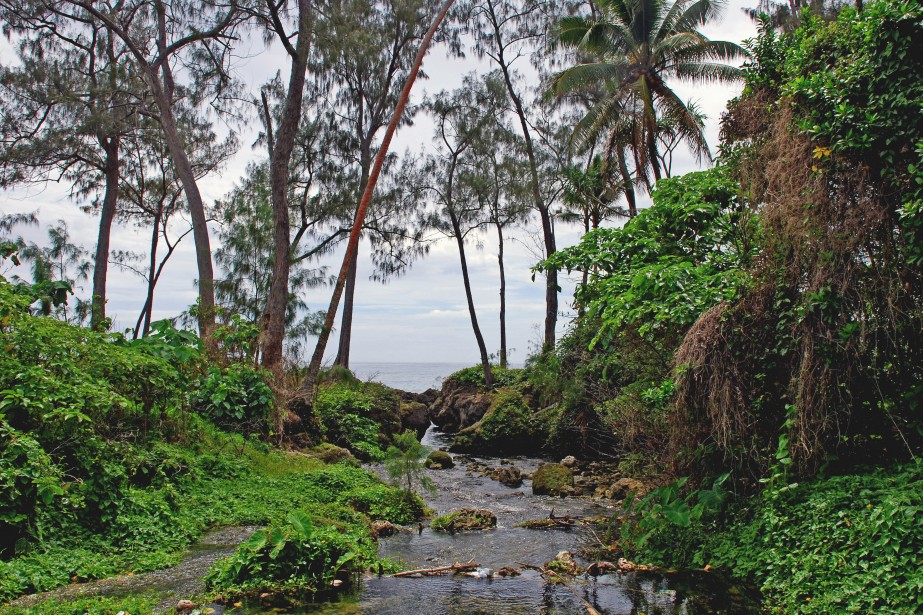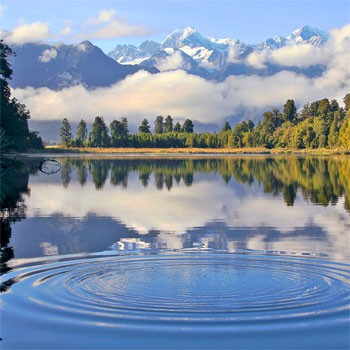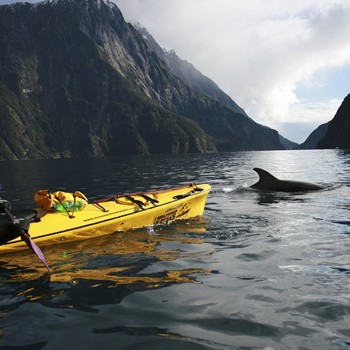Submitted by Pip Strickland on December 12, 2015
Overview
Situated half way between Hawaii and New Zealand in the South Pacific Ocean, the Polynesian island nation of Samoa emerged as the result of numerous volcanic eruptions that have left their mark on the landscape today. It is divided into two main islands, Upolu and Savai’i, both of which are covered with lush vegetation that clings to the mountain slopes. Their perimeters are ringed by beautiful stretches of white sandy beach and lined with traditional fale huts, where you can snorkel on shallow coral reefs or wile away the hours in a hammock strung between coconut palms.
Samoa is a destination to immerse yourself in nature, whether it be sliding over rocks into a waterfall pool, watching the impressive show of a natural blowhole or teetering on a walkway above the forest canopy. Trek through its protected rainforests, teeming with birdlife, swim alongside Green turtles in a breeding sanctuary, or witness its strong cultural traditions during an umu feast or village visit. Ideal for families and ever-friendly, Samoa is one of the Pacific’s little known gems.
When to travel/weather
Samoa’s position near the equator means that it experiences a tropical climate, divided into a ‘wet’ and ‘dry’ season. The ‘wet’ stretches from November through to April when the country sees heavy afternoon downpours and occasional cyclones. Trekking slopes tend to be muddy and the beach conditions less than favorable. Both of the country’s main islands, Upolu and Savai’i have mountainous interiors that are often covered in a low cloud, and more rain tends to fall on their southern sides.
The ‘dry’ season from May to October is characterized by clear sunny skies, perfect for swimming, diving and enjoying all the outdoor pursuits Samoa has to offer. This coincides with the peak tourist season from June to August, when Australians and New Zealanders visit to escape the winter cold back home and both flights and accommodation get booked out well in advance.
Food and drink
In the capital, Apia, and most tourist restaurants and hotels, you will be able to find a wide selection of western food and snacks, but considering Samoan cuisine is fresh, locally sourced and delicious, it’s worth sampling a few of its specialties.
Surrounded by ocean, seafood plays a big role in the local diet, and you will find fresh grilled fish served up at local restaurants along the coastline. For a unique fish dish, try oka - a raw preparation of cubed fish, marinated in lemon juice, coconut cream and onions. Roast suckling pig is the preferred source of protein during celebrations and festivals, while the umu oven is the traditional means of cooking. Stones are layered upon an open fire which is left to burn down to its embers, before ingredients are placed on top, followed by banana leaves, and left to slowly cook. Palusami is a local specialty of young taro leaves in coconut cream that is baked using this method, as is breadfruit, green bananas and taro - all important staples on the islands.
Another source of protein that is widespread (although not local) is canned corned beef, and it is a popular accompaniment to otherwise traditional meals.
Most meals are followed by seasonal tropical fruit which is widely available throughout both islands. There is an abundance of common favorites, like banana, pineapple and watermelon, as well as few that may be more obscure, depending on where you come from.
Few gatherings in Samoa occur without a kava ceremony at the beginning, and there are plenty of opportunities for tourists to participate. Kava comes from the root of the Piper methysticum, which is transformed into a slightly narcotic drink, normally served within the shell of a coconut and passed from person to person following traditional custom. Samoa also has a local beer, Vailima, which is widely available and makes for a refreshing sundowner.
Popular vacation spots
Papapapaitai Falls
While Samoa has plenty of waterfalls, the Papapapaitai Falls in Apia are considered one of its longest at 100 meters in height. It cascades into a spectacular deep gorge, easily witnessed from a lookout point off the Cross Island road.
Robert Louis Stevenson Museum
Located in the capital, Apia, the Robert Louis Stevenson Museum pays tribute to this famous Scottish poet and author who resided here until his death in 1894. It is filled with family memorabilia and Stevenson’s writing, and visitors can also witness his grave on top of the nearby Mount Vaea.
Mount Vaea
Overlooking Apia, Mount Vaea offers good trekking within close proximity to the capital. The steep track known as the ‘Road of loving hearts’ is the route taken by coffin-bearers as they carried the body of Robert Louis Stevenson to his final resting place at the summit.
Piula Cave Pool
Located in the village of Lufilufi, a short drive from Apia, the Piula Cave pool is a stunning freshwater spring cave pool created from an ancient lava tube. It’s the ideal place to stop for a refreshing swim in its crystal clear waters on day trips around the island.
Turtle Sanctuary at Satoalepai Village
On the island of Savai’i, a wetland sanctuary has been developed at Satoalepai Village where Green sea turtles are being reared in a part fresh/part salt water pool, before being released into the ocean. As well as witnessing the turtles at various stages of growth, you can also swim amongst them.
Alofaaga Blowholes
In the village of Taga in the southwest of Savai’i, the Alofaaga Blowholes are one of the country’s most impressive, blasting a huge jet of water hundreds of feet into the air. Watch as locals throw coconuts into the blowholes, only to see them propelled back into the air, then visit the Pa Sopo’ia Cave, believed to be an ancient pathway for ancestral spirits.
Tafua Peninsula Rainforest Preserve
This magnificent tract of rainforest on Upolu is a bird watcher’s paradise, with a walking trail up to its volcanic crater where the rare Samoan tooth-billed pigeon can sometimes be spotted.
O Le Pupu-Pue National Park
This extensive area of rainforest stretches from Upolu’s south coast through its mountainous interior. There are more than 40 different bird species to discover and plenty of walking tracks where guests can be immersed in its natural beauty.
Falealupo Rainforest Reserve
Located in the northwest of Savai’i, this low-lying tropical rainforest is home to magnificent Banyan trees. It is best explored along its elevated treetop canopy walkway that teeters 40 meters above the forest floor, offering a birds-eye view of the reserve.
Papase'ea Sliding Rocks
While they may not be Samoa’s highest waterfalls, the Papase’ea Sliding Rocks are definitely its most fun, located in Seesee Village on Upolu. Over thousands of years the water has carved the rocks into a smooth slippery dip where visitors can slide into the refreshing pool at the bottom. There is one area for adults and another for kids, ensuring a safe environment for everyone.
Practical information
Language
Both English and Samoan are official languages in Samoa, with English considered the language of business and Samoan for everyday life. Needless to say, most tourists will get by perfectly well with just English.
Money
The currency in Samoa is the Tala (WST) and there are money changers widely available where you can exchange Euros, Pounds, US, Australian and New Zealand Dollars.
ATMs are found throughout Apia and on the island of Savai’i, with Cirrus, Maestro, MasterCard and Visa widely accepted, as well as a limited number accepting American Express. Most major hotels and restaurants will accept credit or debit cards as payment and travelers checks can be exchanged at both banks and hotels for a fee.
Tipping is not customary in Samoa and bargaining in the markets considered quite rude.
Health and Safety
While Samoa is a malaria free zone, there has been a recent outbreak of Chikungunya, another mosquito borne virus for which there is no vaccine, together with occasional outbreaks of Dengue Fever. Visitors should take precautions such as repellent, long clothing and mosquito nets, to avoid transmission.
Some visitors have exhibited an allergic reaction to kava, with rashes and swelling around the neck. If this occurs, seek medical attention and the drug Prednisolone usually reduces the symptoms.
Samoa is a very safe country and tourists experience few hassles. Understanding some of the local customs will avoid any accidental displays of disrespect, but most locals are friendly and accommodating of visitors.
Tap water in some areas is untreated, but bottled water is cheap and readily available.

